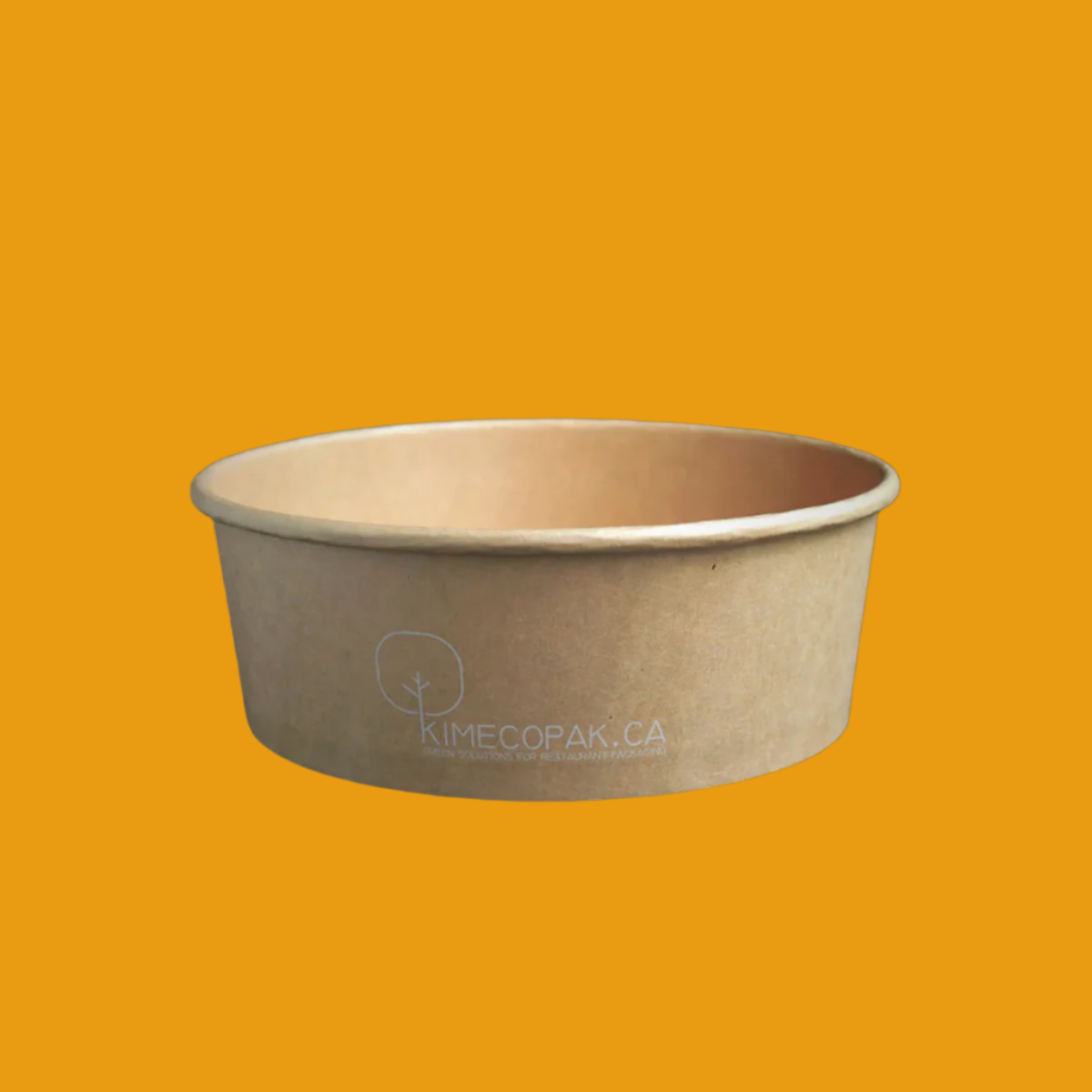Designing a commercial kitchen is more than just arranging appliances it's about creating an efficient, safe, and compliant workspace that supports high-volume food production without compromising quality or speed. Whether you're opening a new restaurant, renovating a hotel kitchen, or outfitting a catering facility, the layout and functionality of your kitchen can directly impact your operational success.
-
How to Start a Ghost Kitchen and Succeed in the Food Delivery Boom
-
Cloud Kitchen vs Ghost Kitchen: An Overview
-
Explore the Different Types of Ghost Kitchens for F&B Startups
Why Commercial Kitchen Design Matters for Your F&B Business

A well-thought-out commercial kitchen design is vital for any food and beverage (F&B) business. Here’s why:
Impact on Operational Efficiency and Productivity
An effective kitchen layout allows for seamless operations. For example, when stations are arranged logically such as prep areas close to cooking zones chefs can work without unnecessary backtracking. This setup reduces wait times and boosts overall productivity, allowing the staff to serve customers more quickly and efficiently.
Influence on Cost Savings and Profitability
Well-designed kitchens can lead to significant cost savings. For instance, by minimizing wasted motion, your staff can prepare food faster, which translates to lower labor costs. Furthermore, efficient design can help avoid over-purchasing ingredients due to poor storage arrangements, thus protecting your bottom line. Increased productivity and decreased waste ultimately contribute to increased profits.
Compliance with Health and Hygiene Regulations
Health regulations are strict, especially in the food industry. A thoughtfully designed kitchen incorporates necessary features like proper ventilation, effective sanitation stations, and materials that are easy to clean to meet these regulations. Non-compliance can lead to fines or closures, making adherence a critical aspect of your kitchen design.
Key Principles of Efficient Commercial Kitchen Design
Creating a space that maximizes efficiency requires adherence to several key principles:

Space Efficiency: Maximize Every Square Foot
In small commercial kitchen design, it is crucial to make effective use of available space. Using vertical storage solutions and multi-purpose equipment can optimize your kitchen’s footprint. Investing in compact appliances, such as combination ovens, can help save space while maintaining functionality.
Smooth Workflow: Optimize Station-to-Station Movement
The layout should encourage smooth transitions between different stations, reducing the time staff spends moving about. For instance, designing the kitchen so that food flows from preparation to cooking to serving without obstruction will streamline operations and enhance service speed.
Modular Flexibility: Easy Adjustments for Growth
Your kitchen should be adaptable to changes in menu, staff, or business size. By adopting a modular design where equipment can be reconfigured or expanded you ensure that your kitchen remains versatile as your business grows, helping you to respond more easily to evolving customer needs.
Simplicity and Hygiene: Faster, Easier Cleaning Operations
A clean kitchen is essential for food safety. Kitchen design should prioritize easy-to-clean surfaces and avoid intricate designs that gather dirt. Open shelving can replace cabinets to make cleaning more accessible, and stainless steel equipment allows for quick sanitization.
Ease of Supervision: Better Kitchen Management and Control
Visibility is key for efficient kitchen management. A layout that allows supervisors to see all workstations clearly helps in monitoring operations and addressing issues promptly. This visibility fosters effective communication and enhances team cohesion.
Commercial Kitchen Layouts: How to Plan the Perfect Setup

Understanding different kitchen layouts is crucial for optimizing workflow and efficiency in your commercial kitchen.
Assembly Line Commercial Kitchen Layout
This layout is ideal for quick-service restaurants and food chains. Each worker handles a specific task in a sequence, from preparation to cooking to plating, making it very efficient for high-volume operations.
Island Commercial Kitchen Layout
Spacious kitchens benefit from an island layout, where central cooking stations allow staff to surround the cooking area. This design promotes collaborative cooking while facilitating effective use of space.
U-Shaped Commercial Kitchen Layout
A U-shaped layout works well to maximize limited space. It offers easy access to various workstations while keeping all necessary areas close together, making it ideal for smaller operations.
Open Commercial Kitchen Layout
For businesses that want to enhance customer engagement, an open layout increases customer interaction and improves overall brand experience. Customers can see the food being prepared, which builds trust and transparency.
Zone-Based Commercial Kitchen Layout
This layout organizes stations based on function such as prep, cooking, and service creating an efficient workflow. This zoning minimizes distraction and helps staff focus on their specific tasks, ultimately improving productivity.
Designing a Small Commercial Kitchen: Smart Solutions

Creating an efficient small commercial kitchen design can significantly impact your food business's operations. The right design can optimize workflow, enhance storage, and maximize the use of limited space.
Space-saving Equipment Choices
Choosing compact and multifunctional equipment is essential in a small commercial kitchen. Look for appliances that provide more than one function, such as ovens with built-in grills or fryers that can also bake. These options help reduce the number of appliances needed, freeing up valuable workspace.
Smart Storage and Vertical Space Utilization
Utilizing vertical space effectively can dramatically increase storage capacity in a small kitchen. Install shelves and cabinets up to the ceiling, and utilize wall-mounted racks for pots and utensils. Consider pull-out drawers and hidden storage solutions under counters to keep frequently used items within reach while maintaining an organized workspace.
Examples of Efficient Small Kitchen Layouts
Various layouts can work well in a small kitchen. The "L-shape" is popular for its efficient use of corner space, while the "galley" layout offers a streamlined design, making it easy to move between work areas. Some kitchens also implement an "island" layout for a central workspace that doubles as storage.
Ghost Kitchen Layouts: Optimizing for Delivery-Only Operations
Ghost kitchens, which cater specifically to delivery and takeout services, have unique design requirements that differ from traditional kitchens.
Key Differences Compared to Traditional Commercial Kitchens
Ghost kitchens prioritize efficiency, with layouts focusing on fast cooking and packing processes. These kitchens often require fewer dining areas, allowing for a more compact design that emphasizes food preparation and delivery areas.
Essential Zones in a Ghost Kitchen Setup
A ghost kitchen typically includes specific zones such as food prep, cooking, packing, and dispatch areas. Each zone should be laid out to minimize movement, ensuring a seamless workflow from cooking to delivery.
Small Ghost Kitchen Layout Tips for Maximum Efficiency
How to Minimize Space Without Compromising Workflow
To maximize efficiency in a small ghost kitchen layout, prioritize equipment placement that facilitates easy access between different cooking stations. Utilize equipment that can handle multiple tasks to avoid clutter and increase productivity.
Equipment Selection and Modular Designs for Ghost Kitchens
Opt for modular equipment that can be easily reconfigured to meet changing needs. For instance, stackable fryers and ovens can save space while providing flexibility. This adaptability is crucial for restaurants looking to pivot their menu or production process.
Choosing the Right Equipment and Materials

Investing in quality equipment and materials sets the foundation for a successful kitchen operation.
Multifunctional Equipment: Ideal for Both Traditional and Ghost Kitchens
Select equipment that offers versatility, such as convection ovens that can also function as proofers or dehydrators. This not only saves space but also reduces the overall investment in tools.
High-Quality Secondhand Equipment: Budget-Friendly Options for Startups
For startups, sourcing secondhand equipment can significantly cut costs without sacrificing quality. Many used appliances have been well-maintained and can bring great value to a new kitchen setup.
Durable, Easy-to-Clean Materials: Stainless Steel, Tile, Non-Slip Flooring
Durability and cleanliness are priorities in kitchen design. Stainless steel surfaces are not only tough but also easy to sanitize. Pair these with non-slip flooring for safety, ensuring a clean and secure work environment.
Safety and Hygiene Considerations in Commercial Kitchen Design
Designing a kitchen must also prioritize safety and hygiene.
Space Compliance and Station Separation
Adequate spacing between cooking stations can prevent cross-contamination and ensure safety during busy hours. Compliance with health regulations is critical, so kitchen designs should facilitate this.
Ventilation, Fire Safety, and Sanitation Essentials
Proper ventilation systems are necessary to control smoke and odors. Additionally, fire safety measures, such as sprinklers and accessible fire extinguishers, should be integrated into the design to protect staff and equipment.
Practical Tips for F&B Startups Designing Their First Kitchen
Starting a food and beverage business requires careful planning and consideration when designing a kitchen.
Start with Detailed Planning and Budgeting
Begin by outlining your specific needs and budget. This detailed planning phase helps streamline decisions regarding layout, equipment, and materials.
Seek Expert Consulting for Best Results
Engaging experts in kitchen design can provide insights that save time and money down the line. Professional guidance ensures compliance with health regulations and optimizes workflow.
Be Ready to Tweak Layouts After Initial Operations
Once the kitchen is operational, be open to evaluating its functionality. Adjustments may be necessary to improve efficiency and accommodate new equipment or workflow patterns.
Conclusion
Thoughtful commercial kitchen design can dramatically enhance workflow, safety, and efficiency. For anyone venturing into the food industry, leveraging professional help and conducting thorough research are crucial steps.









